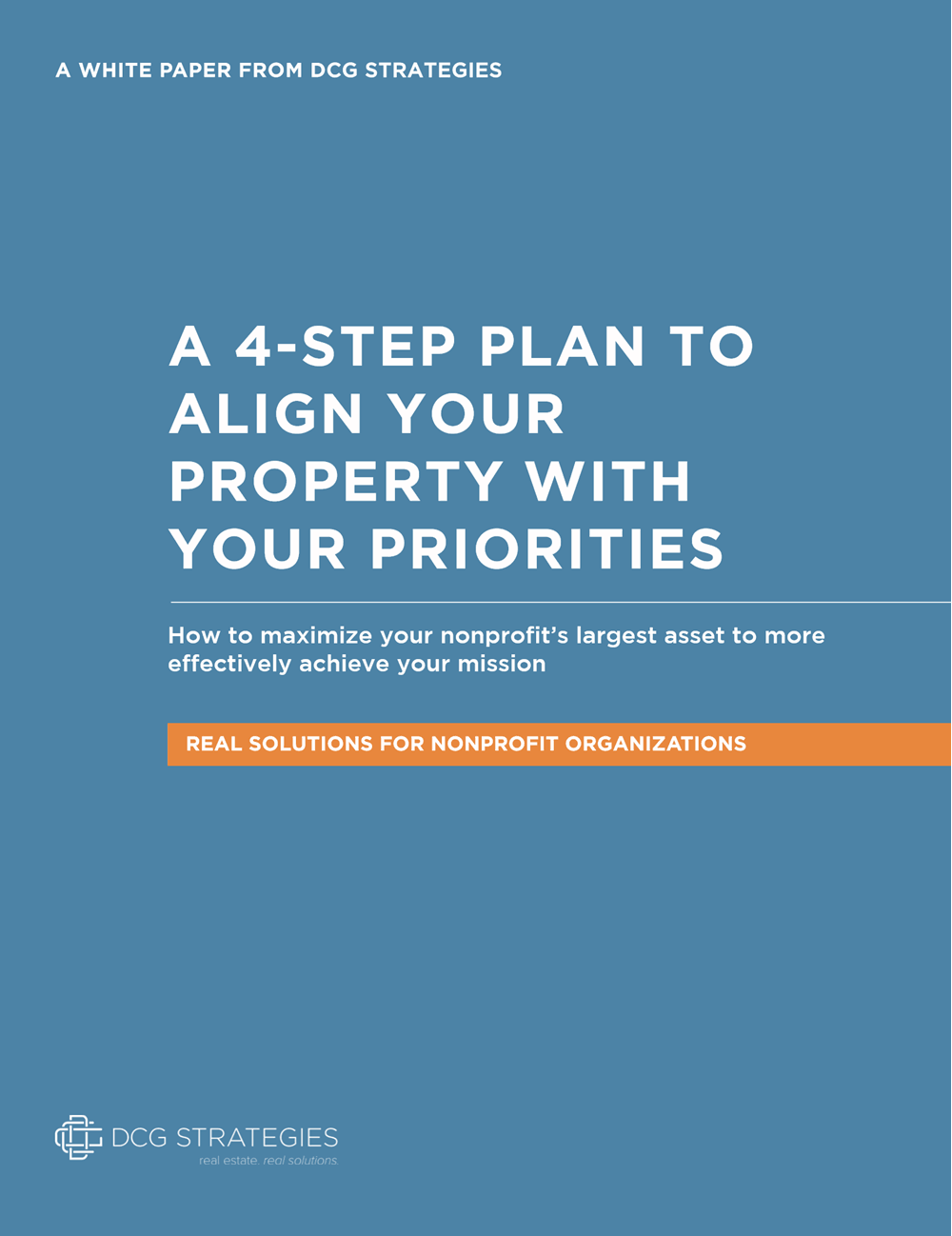The California Community College system is considered one of the best in the world, but even they can use help in finding ways to improve vocational training.
Image source: Wikimedia Commons
In California, we have a unique relationship with our community college system. Considered perhaps the premiere system in the country, California Community Colleges (CCC) have over 2 million students a year over 112 campuses, making up the largest higher education system in America. They play an enormous role in helping people find jobs, especially older students or those who come from lower income homes. With a new push for vocational education, it’s time for community colleges to take an even bigger role, and the right real estate can help them do that.
One of the signature initiatives of the Obama Administration has been to push for community colleges to further prepare students to get the practical education they need to succeed in today’s job market. Recognizing the singular role they play, the President remarked, “In the coming years, jobs requiring at least an associate degree are projected to grow twice as fast as jobs requiring no college experience. We will not fill those jobs — or keep those jobs on our shores — without the training offered by community colleges.” Getting the right real estate and expanding correctly can be key to upholding that vision. We’ll look at a major plank of this plan and how your board can prepare for it.
Incorporating Local Businesses Into Your Education and Expansion
The reason community colleges matter so much is that they are the most intimately involved with the people and the region that make up the student body. Larger colleges and universities draw from around the country and send their students around the world. This is rarely the case with community colleges, whose students come from, and usually go back into, the community.
That’s why one of the major planks of the Obama plan is encouraging schools to work with local businesses to create programs that will help prepare students for careers in vital fields. Colleges will collaborate with businesses to form a curriculum that will get students jobs when they come out. This creates a need for flexibility and creativity when it comes to real estate and planning for the future.
The Importance of Flexible Design in Real Estate
The job market is always changing. That’s its only permanent feature. That’s one of the reasons why schools are embracing flexible design grids when building new properties or moving. We talked about grids being good for schools that have population fluctuations, but they can also be important for community colleges that are teaching students skills in a changing job market.
Flexible design is when the school is created around a grid that allows for walls to be moved, rooms to be resized, and the whole layout of a building to change quickly based on need. For example, picture a school that has classes around a cafeteria. If the student population grows, you can make a bigger cafeteria by pulling space from the classrooms or creating more classrooms that are smaller. It allows for creativity and fluctuating enrollments. But in a community college responding to changing vocational demands, it isn’t the enrollment numbers that change, but what the rooms are focused on teaching.
The heart of this is that if a local business produces microchips, you can have an applied learning center that teaches students how to do that. But if the business starts to shift over to hardware, you will be able to quickly change course and reformat your workshop to teach these new skills. Many larger schools are doing this with their dorms – a flexible garage – and your community college can, as well. It will take remodeling, or even rebuilding, but when planning for the future, it should be a number one priority.
Getting Help With Expansion
Of course, expansion costs money, and so does moving. However, the partnerships you forge with local businesses in order to help them meet their need for skilled workers and important labor can help your school raise the money it needs for expansion. After all, this is mutually beneficial.
When focusing on the skills you’ll need to impart to your students, you will want to center on:
- Workplace development programs
- Apprenticeship programs
- Labor training initiatives
These shouldn’t come at the cost of traditional education, though. A well-rounded student is one who can enjoy life more, and be a better member of their community, family, and workplace environment. To make sure you can do both, though, you’ll need the space. And that comes with having dedicated real estate experts who know what schools in California need. It’s a community collaboration, and one that will help the whole area prosper.
If your community college or other educational institution is considering expanding, you don’t have to go it alone. You can get a thorough analysis of the market with all the available options from a consultant whose community values align with your own. Contact DCG Real Estate today to learn more.





